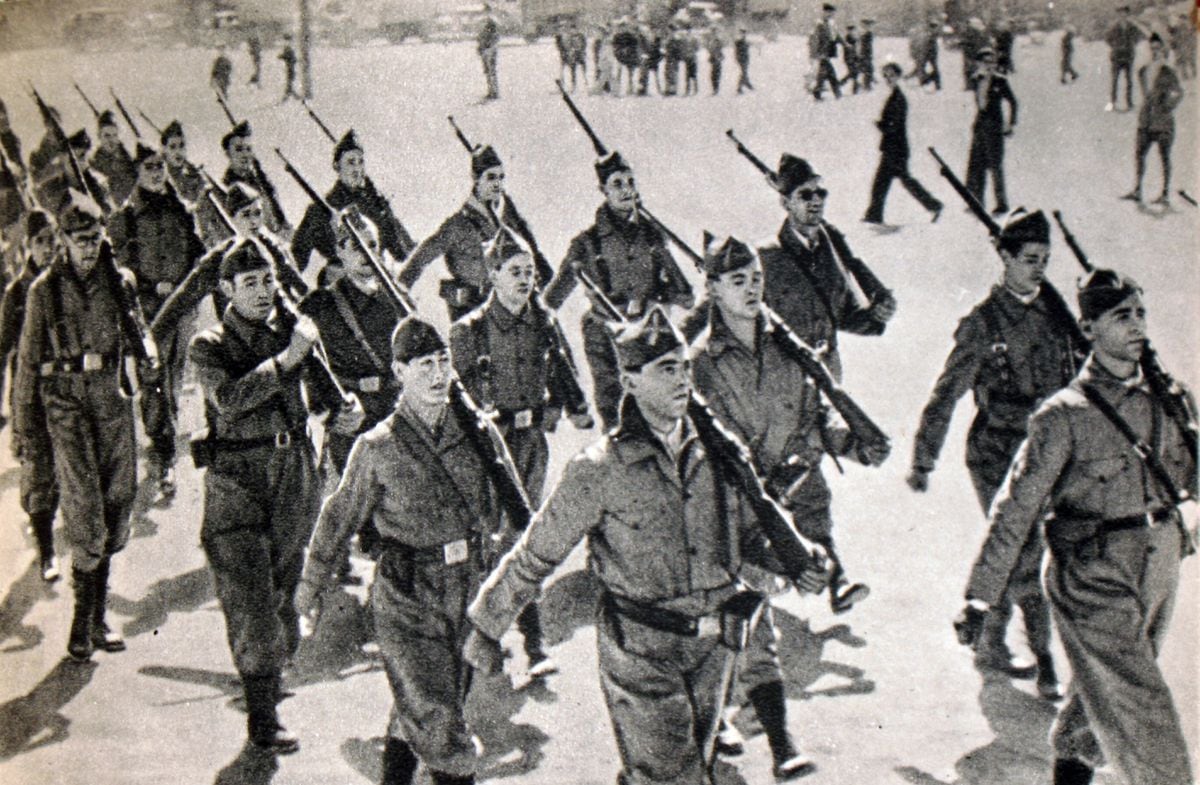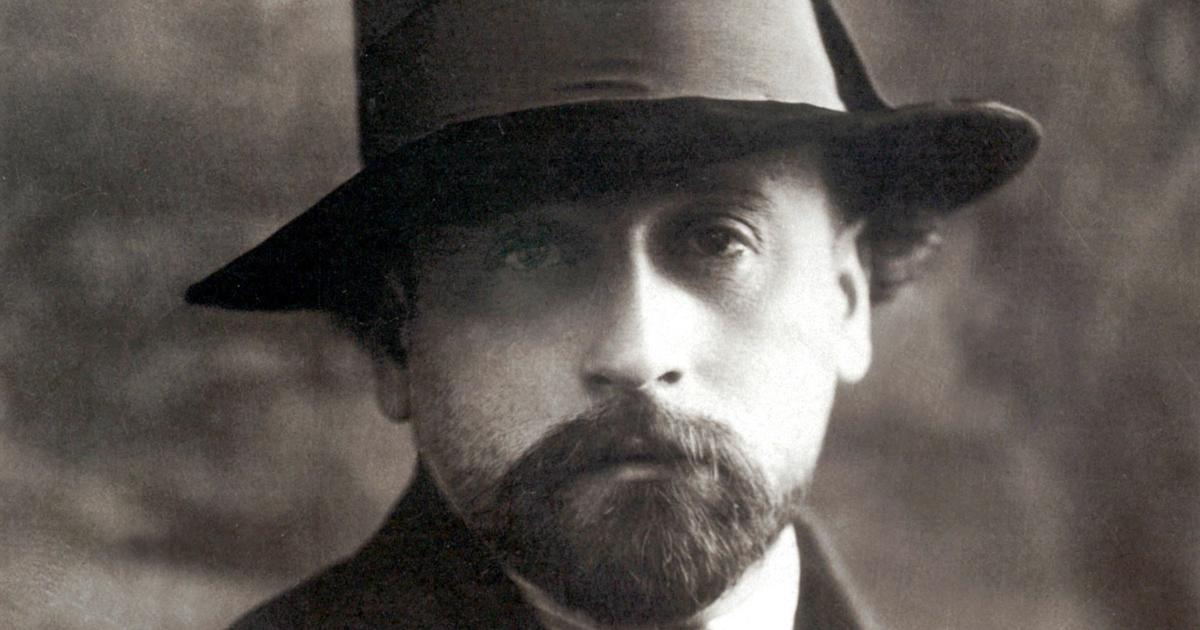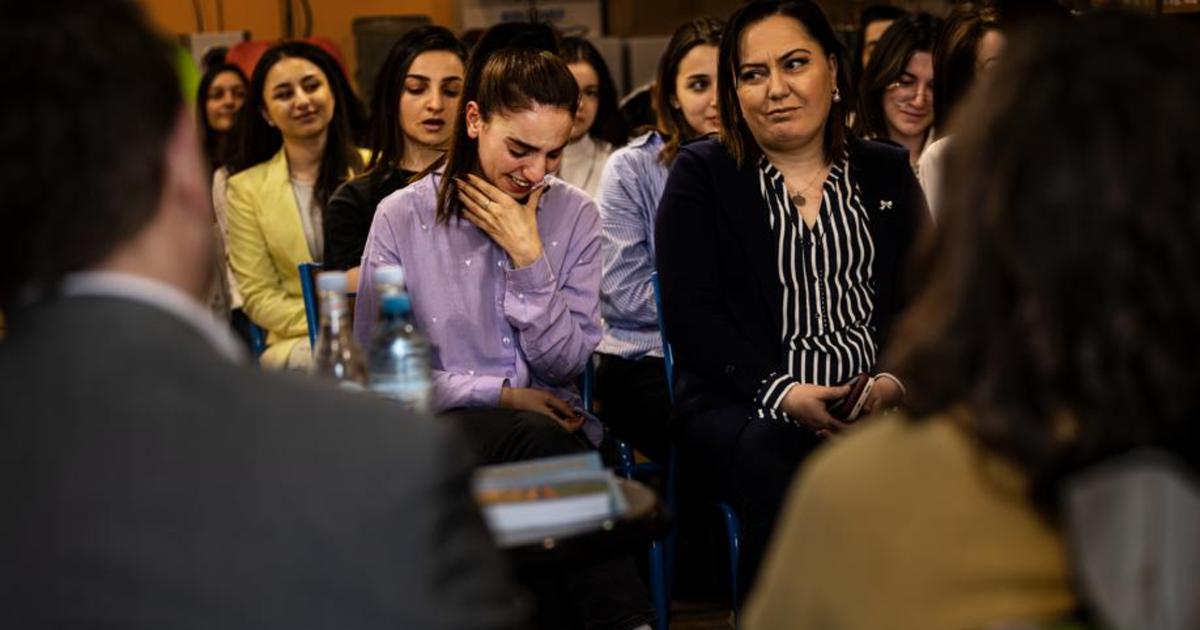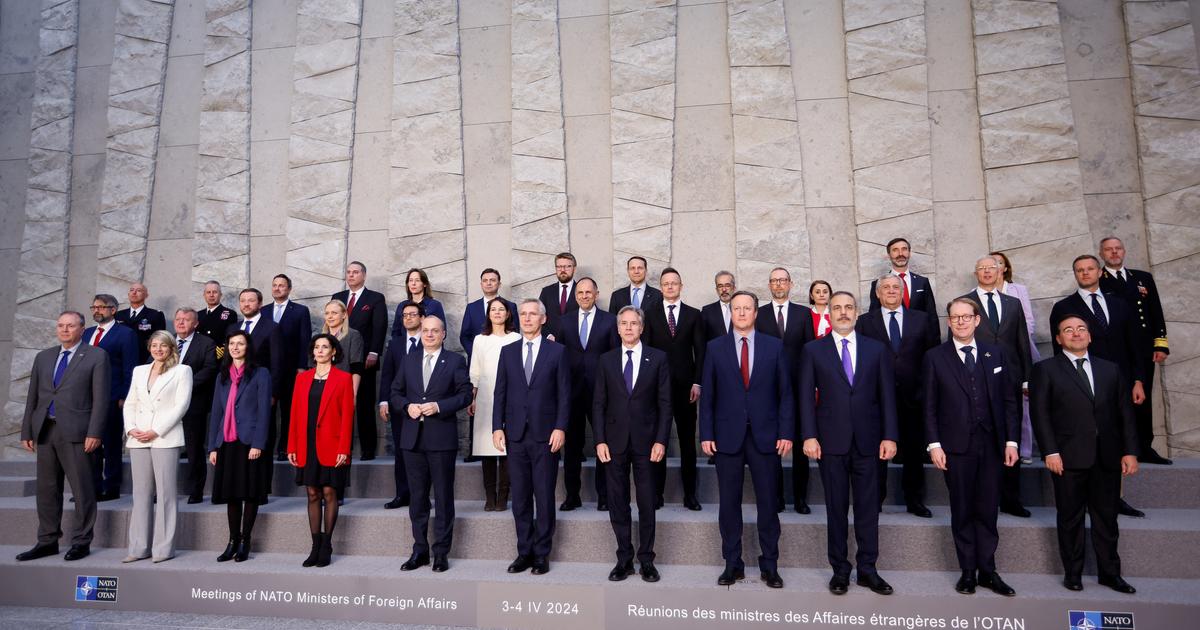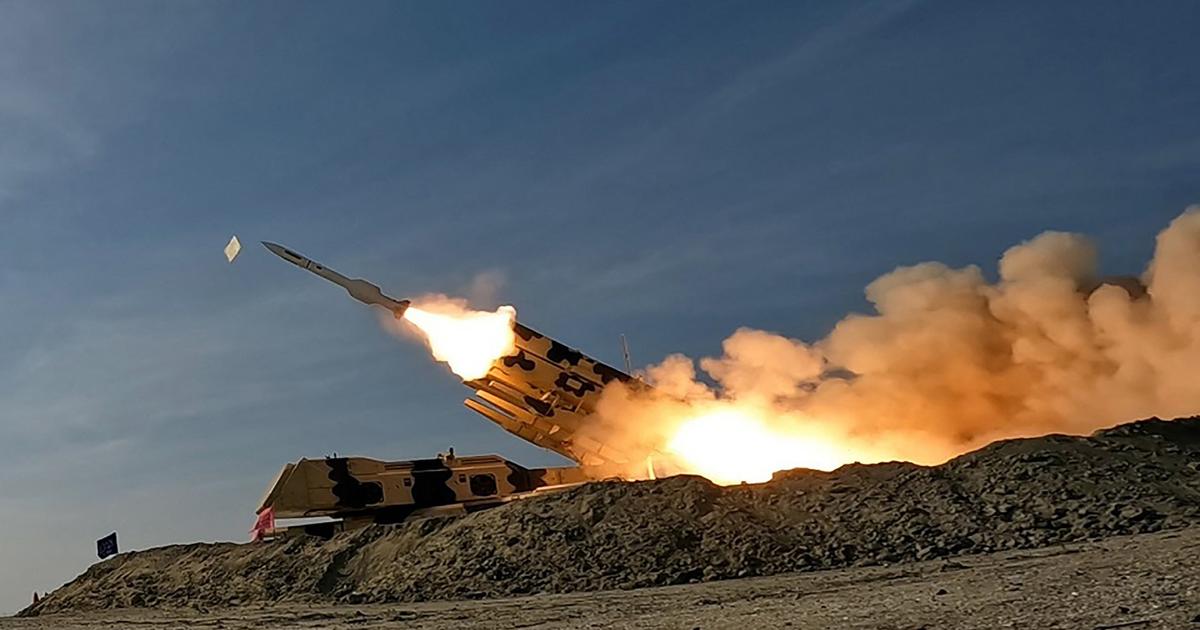Ángel Viñas does not like that the old stories that the Franco regime constructed to justify the coup d'état against the Republican government, the long war and the brutal repression that followed, return to the public debate.
But it is what Vox wants when trying to recover some of those mantras that tried to justify the unjustifiable: turning Spain into a battlefield that broke up each family and that too often led to siblings from the same home trying to kill each other from different trenches.
The story goes back a long way and maintains that Franco and his family saved Spain from communism and prevented Stalin from establishing a franchise of his terror regime on this side of the world.
Viñas, who already addressed this period by resorting to little-consulted sources in a trilogy
—La solitude, El escudo
and
The honor of the Republic—
and in his work with Fernando Hernández Sánchez
—The collapse of the Republic—,
he has once again immersed himself in another pile of unknown papers for his recent
Gold, war, diplomacy.
The Spanish Republic in Stalin's time
(Criticism), where thanks to new "primary evidence of the time" (EPRE) reinforces his thesis, refines it, clarifies it, discusses it with his colleagues, reinforces his arguments.
"Writing history," he writes, is "a continuous weaving and unweaving."
And he ends this work by insisting: “There is no definitive story.
There are no definitive historians either.
More information
'By blood and fire': the resurrection of the great story of Chaves Nogales about the Civil War
So what it is about is to continue investigating, this time with materials that he has accessed thanks to the opening of the old Soviet archives and documents that are part of the Juan Negrín archive.
The book is divided into six blocks.
The first of them deals with the reestablishment of diplomatic relations with the Soviet Union.
The Republic wanted to normalize the situation with the regime that emerged from the revolution, it needed to open new markets for its exports, but the unblocking began only in 1933 and things were slower because the Government sought in its relations the same guarantees that France and France had obtained. United Kingdom.
There were trial and error, tug of war, there were fears that pro-Soviet propaganda would find its way into Spain.
During 1934 no great steps were taken, in 1935 the impulse was greater,
A few days after the coup d'état on July 18, the Giral government expressed its interest in buying weapons in the Soviet Union, in the same way that it had also gone to other countries with the same objective.
The decision made by the Western democracies not to intervene in the conflict, despite the fact that Germany and Italy collaborated actively with the Francoists, left the Republic defenseless to the point that "in mid-September," recalls Viñas, Azaña did not believe "in the victory".
Stalin was slow to make up his mind.
On September 14, it approved the creation of the International Brigades, but it was not until the 26th that it gave its go-ahead for military aid, when already then "the fascist and Western press prone to the insurgents were spreading false information about alleged shipments of arms Soviets to Spain.
Campeche
and, a week later, the
Komsomol.
They were the first two documented shipments of war instruments: the first transported material that came from the emptying of arsenals, the other carried modern weapons.
"Today it is notorious that the entire operation was surrounded by a security curtain that was difficult to penetrate."
Volunteers from the International Brigades cross the Ebro over a pontoon bridge, in July 1938.Russian State Archive of Sociopolitical History
Viñas gives multiple details of how complex it was in those days to transport arms to Spain and to circumvent the controls of the Non-Intervention Committee, so everything was done in secret.
“The personnel who would accompany the expedition would have their weapons removed in Moscow.
They would go in civilian clothes and be told that they were carrying a cargo of special vehicles purchased by the Turks,” he recounts.
Even the smallest details were taken care of in each of the transfers of material: the T-26 armored vehicles, the SB bombers (“katiuskas”), the Polikarpov I-15 (“flat”) fighters, the I-16 (“flies” ), ammunition, projectiles, engines for different vehicles, fuel, etc.
In a note dated October 16, Gorev, the Soviet military attaché in Spain, spoke of the "enthusiastic delirium of the population" when the
Komsomol
arrived in Cartagena.
Soviet aid "saved the situation around Madrid, but it also quickly showed its limitations," writes Viñas.
Franco could not take Madrid in November 1936, nor could he take it in the first months of 1938. His plan to break the Republic quickly failed, and the war became a long war.
Viñas parsimoniously recounts the different shipments made by Moscow (also those that were not military), compares them with the help provided by Rome and Berlin to the rebel military, and shows how the 'intoxication' was built on the "communist danger" .
“The Nazis and the fascists”, he writes, “were 'collecting' a part of their counter-value, either through payments in foreign currency (not too much), or through compensation (via exports of food or raw materials), or through indebtedness.
In the Soviet case, as we will see, through purchases of gold sent to Moscow”.
A Soviet Polikarpov I-16 aircraft, used by the Republican side during the Civil War.
Photo 12 (Universal Images Group via Getty)
And that is what he deals with, about gold, in the third chapter, where he also deals with showing how Stalin considered that the most important thing was to prevent the fascist and democratic powers from uniting against the Republic.
Viñas underlines it: "It was essential, he affirmed, that a regime similar to the Russian one not be established in Spain."
The Soviet leader had other pressing concerns by then.
His paranoia forced him to unleash the "purges" against his supposed internal enemies in October 1936, taking about a million and a half Soviet citizens with them: "All this produced enormous convulsions in the management of relations with the foreign affairs and all internal policies”, points out Viñas.
And he also had, in 1937,
to help the Chinese in their war against the Japanese (the amount of this collaboration was greater than all the military aid from Moscow to the Republic).
And that's what the fourth chapter is about.
The fifth talks about the ways in which Franco's propaganda built its lies about Soviet collaboration, and in the sixth and last, he analyzes the commercial relations between the Soviet Union and the Republic.
Viñas has once again written a work supported by a ton of documents, and frequently inflames against other historians who continue to defend the old Francoist theses.
He spares no qualifications, he builds his arguments and underlines in italics the conclusions that he advances throughout the book.
Ángel Viñas is a thunderous historian, and the storms that he causes disarm the myths that the Francoists built to justify the war they had provoked.
Subscribe to continue reading
Read without limits
Keep reading
I'm already a subscriber

